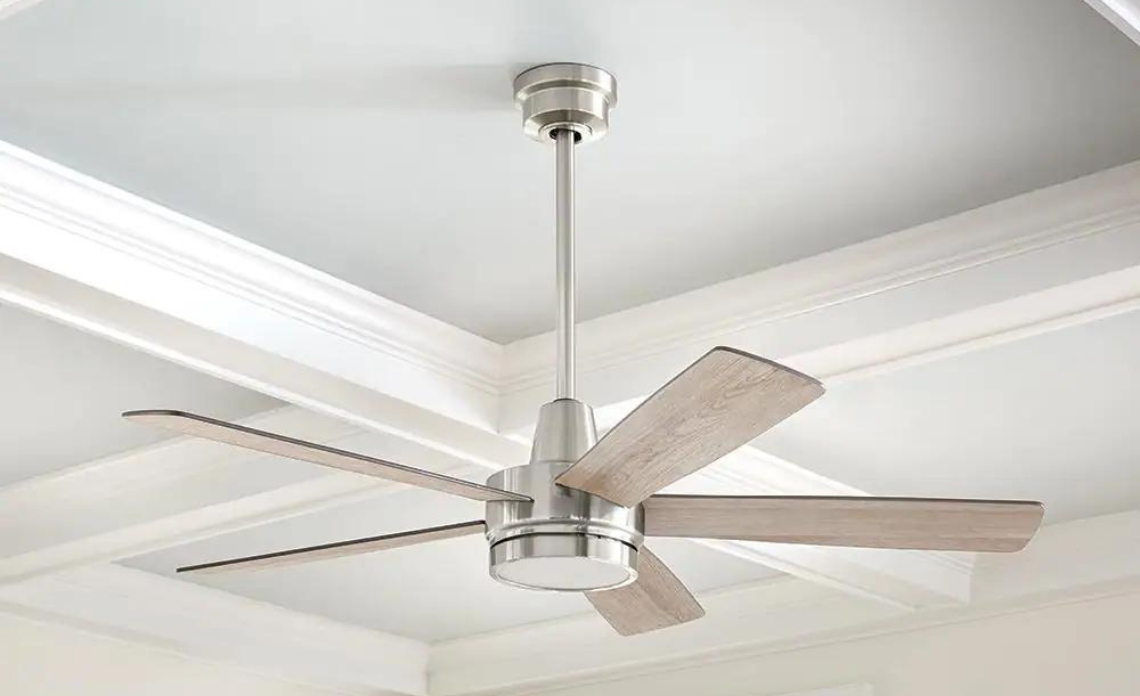Ah.. The problem of choice.. If you need a new fan, but don’t know how to go about choosing JUST that perfect one for YOU-why not let DIYDEPOT shed some light on it? (like many of our designer LED fans would!)
We understand that one can feel a bit overwhelmed with so many Fan-tastic options that transform your ceilings (or home or commercial interiors too!) With each of our elegant fans possessing exceptional functionality-selecting your favorite DIYDEPOT model out our 50+ designer fan models can get hard to choose from!

If you’re a non-trained professional in the home designing and interior design space-here are some of the questions we can help you answer:
- How can I choose a fan for my room? (specific interior use-cases)
- How can I choose a designer fan by Design or Material type (Sweep, Blades e.t.c)
- How can I choose a designer fan by Performance? (Airflow, energy-efficiency, e.t.c)
- How can I choose a fan by its size?
- What features should I have in my designer fan?

1. Choosing a designer fan by interior use-cases (Location of your Fan)
Let’s get specific. Where do you plan on placing your fan? The obvious answer aside (look above you)- specific designer fans can suit specific locations. A ceiling fan for your bedroom isn’t the same as a ceiling fan for your balcony-as each location has its own unique weather elements that affect the performance of your fan. It’s important that you choose your designer ceiling fan based on the location it is best designed for.
2.“Whisper-Quiet” feature-
Why have pesky fan noises during your meal-time when you can eat your lunch or dinner in silence? It feels really good to focus on the taste of what’s cooked and serves you as nutrition-rather than those (avoidable) fan noises like whirring sounds, mechanical sounds or worse!


3. Choosing a Designer Fan by Performance
Choosing By Airflow
Before we discuss how you can choose your designer ceiling fan based on airflow, it’s important to understand that CFM isn’t quite dependent on RPM.
To break it down-RPM stands for Rotations per minute and refers to how fast the blades of a fan spin at a specific speed. The faster the blades spin-the more air they move, which refers to CFM (Cubic-Feet moved per Minute). However, this is contingent on three vital parameters related to the blades of a designer fan- the Blade pitch, the Blade size, and the Blade width.
4. Choosing your Fan by Size
What’s your personal favourite size? Does a compact fan suit you better or would you like your designer ceiling fan to be the center attraction of your room?
Recommended Downrod:
The fan base should be at a minimum height of 8 feet in order to provide you with sufficient breeze. Based on room height, the downrod lengths can be calculated. A non-standard downrod is used when the ceiling height is greater than 10 feet. See our downrod sizing guide to determine which length you will require for your ceiling height.


